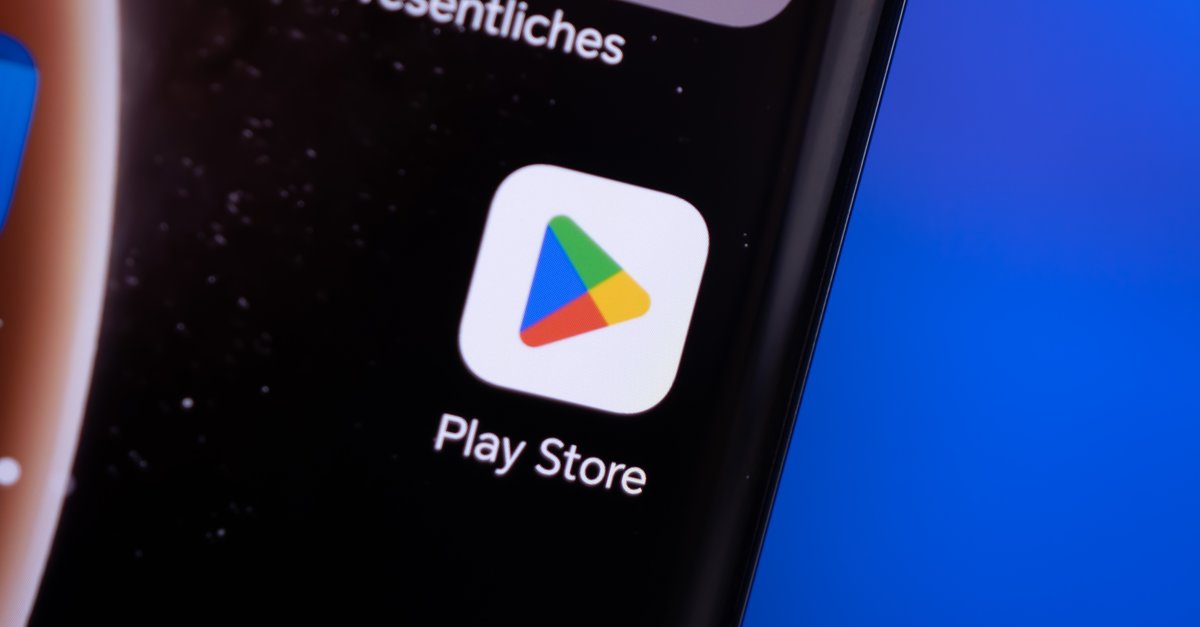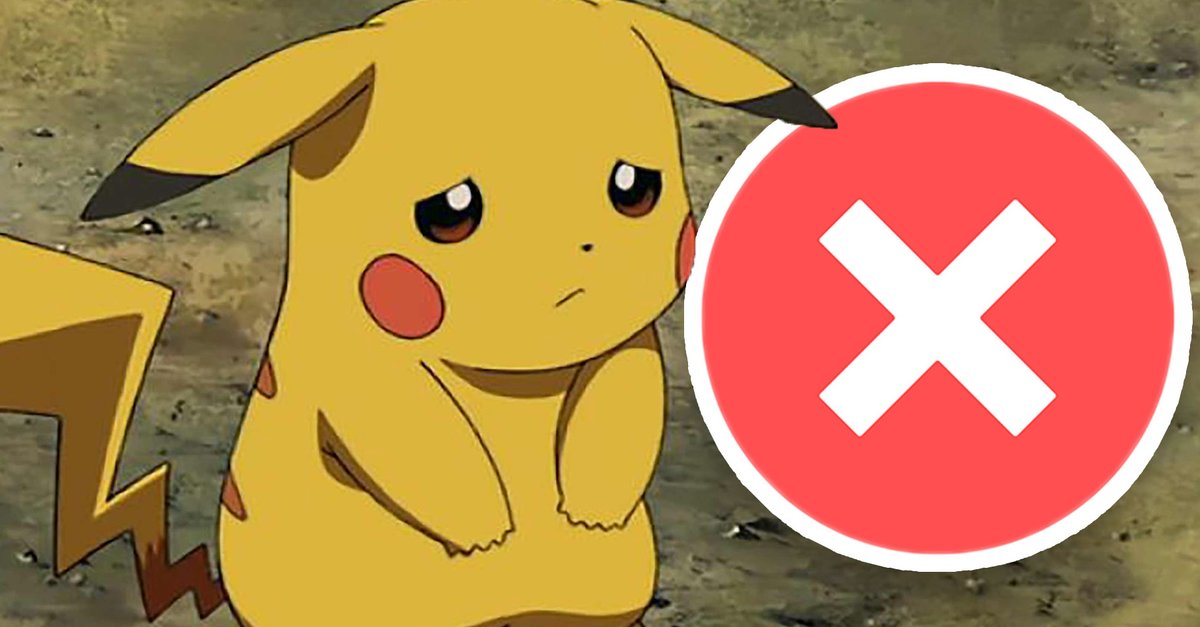The biggest excitement in gaming history
Microtransactions have become an integral part of the gaming industry over the past 15 years. Nevertheless, loot boxes, NFTs and Co. keep causing scandals. We show you the biggest exciters in the history of microtransactions.
The uproar over Ubisoft’s NFT offensive is this preliminary climax of a dysfunctional 15 year relationship between the gaming industry and microtransactions. The publisher began offering limited-edition digital in-game content in Tom Clancy’s Ghost Recon: Breakpoint in December 2021 – in the form of a helmet, an assault rifle and a pair of pants with tiny serial numbers engraved on them. With the move, Ubisoft wrote a new chapter in an ongoing story of gambling, greed for money and broken promises.
We give you an overview of the in our video at the end of the article biggest excitement in the history of microtransactions.
The Elder Scrolls 4: Bethesda makes the inglorious beginning
It all started with a horse in 2006: The Elder Scrolls 4: Oblivion was the first time players could play a triple-A game retrospectively buy content for $ 1.99 – a horse armor that apart from the optics had no influence on the gaming experience.
So the first mainstream DLC was purely cosmetic, but it still wasn’t popular. Gamers denounced the relatively high price of the content, but Bethesda shrugged in response: DLCs are purely optional offers. No player is forced to spend real money on in-game items. An argument that publishers repeat like a mantra to this day and which usually does not really correspond to the truth.
Microtransactions: monetization at any cost
Since Oblivion’s horse armor, microtransactions have established themselves in the industry – almost always against the will of the player, but always pushed through by publishers with reference to the optionality. In fact, microtransactions like a Pokémon with a runaway gene pool have long since evolved into a variety of different forms.
They are no longer just cosmetic in nature. In addition to outfits and skins, weapons, characters and useful in-game items can also be bought. Season Passes bind players to a game for several months and with XP boosters, grinds that are too severe can be made bearable.
In addition, in countless mobile games, valuable hours of waiting time can be reduced to seconds at the touch of a finger. Thus there are many microtransactions de facto as pay-to-win or even as pay-to-play-Classify concepts – from Assassin’s Creed to Candy Crush and Overwatch to Star Wars Battlefront 2.
With loot boxes there are many of these (so) called advantages in addition in the form of mostly opaque gambling mechanics – Players are made to spend money with few subtle prompts and game design decisions without knowing what they will get for it. A practice that has proven so controversial that it has been declared illegal in several countries such as the Netherlands and Belgium.
FIFA, Evolve and Co .: The greatest excitement in video game history
Microtransactions have become of a kind Mixture of egg-laying woolly milk pig for profit-hungry publishers and Cthulhu-like monster for the rest of the industry become. They are the answer to the simple question of how companies like EA, Ubisoft or Activision can get the most out of a game and are therefore almost ubiquitous.
With NFTs, the next major evolutionary stage of the unloved feature is now imminent. So reason enough to look back and To see the biggest exciters in the eventful history of microtransactions in the video above. Who would have thought that horse armor could wreak so much havoc?
Ubisoft’s NFT offensive could make a new kind of microtransaction socially acceptable. In our video we look back for you on the biggest scandals in the history of microtransactions. From Activision to EA and Ubisoft – the biggest publishers have caused the biggest excitement so far.


